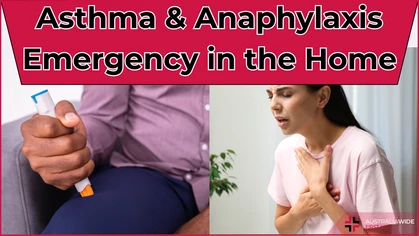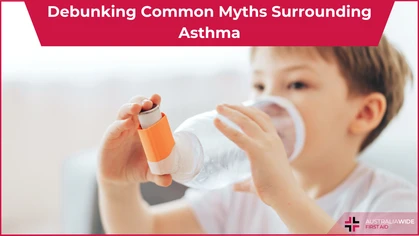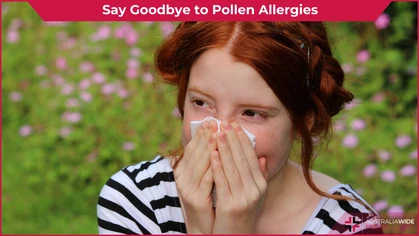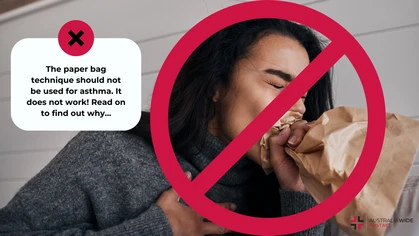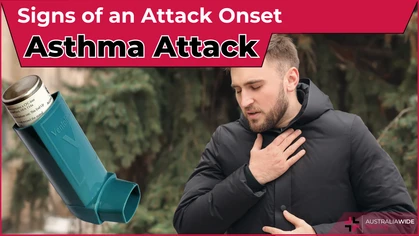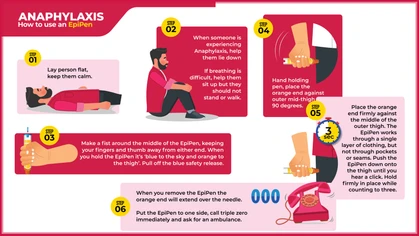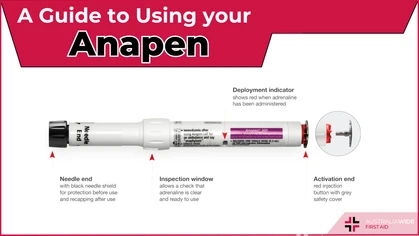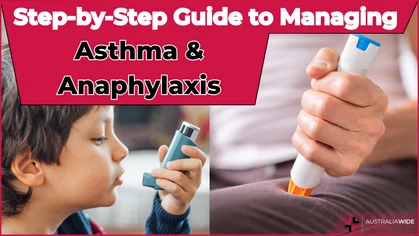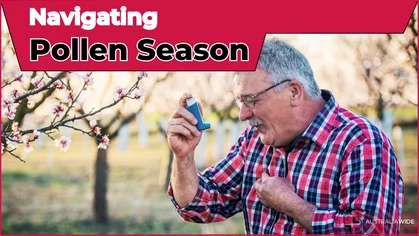Asthma and Exercise

Allergy and Asthma
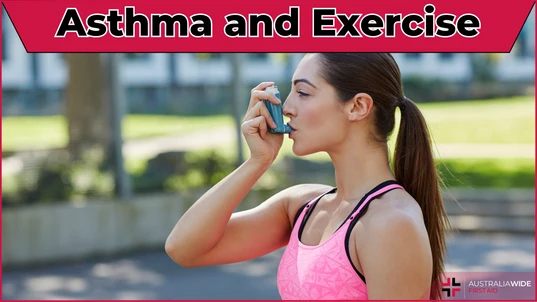
Exercise is important for maintaining a fit and healthy lifestyle. However, in asthmatic people, exercise can result in a temporary narrowing of the airways. This phenomenon is known as Exercise-Induced Asthma (EIA).
Exercise is an important factor in staying fit and healthy. Sometimes, however, exercise can be a trigger for asthma. When exercise results in temporary narrowing of the airways in an asthmatic person, it is referred to as Exercise-Induced Asthma (EIA). With careful management and control, people with asthma don’t have to stop or restrict any of their usual activities.Why does Exercise Trigger Asthma?
Usually when you breathe, your nose warms, moistens, and filters the air going into your airways. When exercising, you breathe faster through your mouth, thereby cutting out the function of your nose. This means that the air going into your airways is colder and drier, which can cause irritation and make the muscles around the airways tighten.
How do I Know if I have Exercise-Induced Asthma?
Depending on their fitness level, most people experience shortness of breath during exercise. If you experience asthma symptoms during or after exercise and they don’t improve after 10 minutes of resting, it may be a sign that you have Exercise-Induced Asthma (EIA). These symptoms include:- Coughing.
- Chest tightness.
- Shortness of breath.
- Wheezing.
Can it be Managed?
Although asthma is an incurable condition, it is very manageable. In fact, there are many well-known athletes who have managed their asthma so that they can compete at an elite level. In order to develop the most effective management plan, you should see a doctor for an accurate diagnosis and the best advice on treatment. If you follow your doctor’s advice and control your asthma with the prescribed amount of preventer medication, you may cease to experience symptoms resulting from exercise. Your doctor or nurse may also prepare an Asthma Action Plan with you that will clearly instruct you on how to control your asthma. Following this Action Plan carefully will help you to reduce the risk of an asthma attack and reduce your symptoms as much as possible.Other Things that you can do to Manage your EIA include:
- Warming up with light exercise 15-20 minutes before you exercise or play sport can help reduce your risk of experiencing EIA symptoms.
- Use your asthma reliever 5-10 minutes before you exercise.
- Always keep your reliever medication nearby when you exercise.
- Allow yourself to cool down after exercise using light exercise or stretches.

What do I do if I Develop Asthma Symptoms while Exercising?
If you experience exercise-induced asthma while exercising you should:- Stop exercising immediately.
- Follow your asthma action plan if you have one.
- If you don’t have an asthma action plan you should use your prescribed reliever medication.
- Wait 5-10 minutes
- Only return to exercise if you are free from asthma symptoms and can breathe easily.
If after Returning to Exercise you Experience Symptoms, you should:
- Stop exercising immediately.
- Repeat your asthma action plan or re-take your prescribed reliever medication.
- Do not return to exercise for the rest of the day.
- See your doctor to review your asthma treatment.
Be Prepared for Asthma Emergencies
Asthma emergencies can be frightening, confusing, and even life-threatening. Arm yourself with the knowledge of how to recognise and treat an asthma episode and asthma emergency with our fully-online Asthma First Aid course. Or if you need asthma knowledge and skills for your workplace, our Workplace Asthma Management and First Aid gives you the skills and knowledge to be able to develop an asthma risk assessment and emergency management strategy to handle asthma episodes in the workplace. If you want to go one step further, our Workplace Asthma and Anaphylaxis Management and First Aid course also includes what you need to know about allergies and anaphylaxis. All of our online courses can be completed at your work desk or in the comfort of your own home, with a Certificate of Completion to hand to your employer, put on your resume, or simply give you the peace of mind knowing that you can actually be helpful in an emergency situation.
Originally published at
https://www.australiawidefirstaid.com.au/resources/asthma-exercise
as part of the Australia Wide First Aid Articles Library
